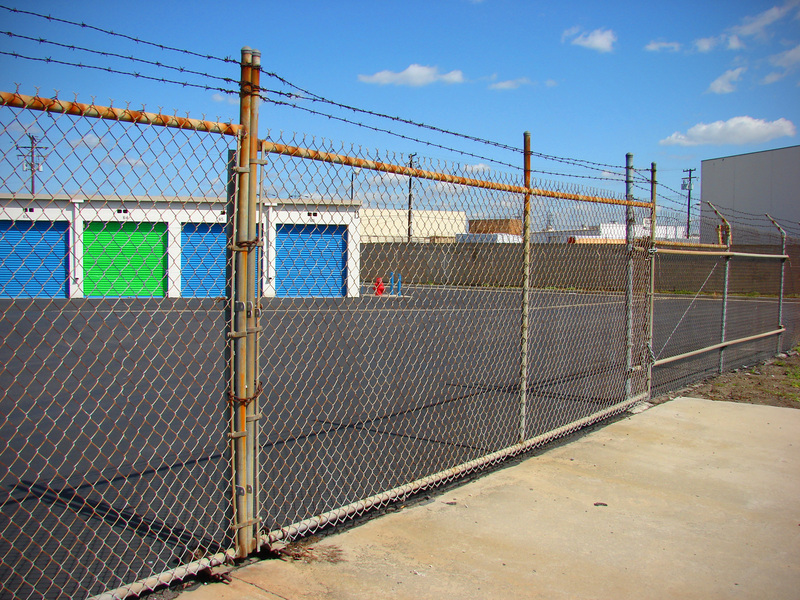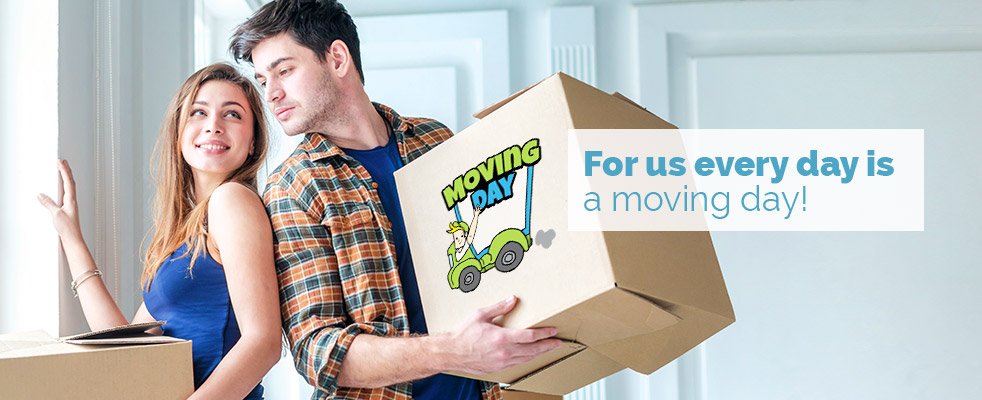First Steps to Your Own Place: Young Movers Guide
Posted on 18/05/2025
Moving into your own place for the first time is an exciting milestone, a testament to independence and a step towards real adulthood. However, it also comes with its fair share of challenges and demands careful planning. This guide provides a comprehensive look at the essential steps for young movers. From budgeting and location scouting to furnishing and settling in, we cover all the bases to ensure a smooth transition.
Budgeting: Your First Priority
Before even thinking about where you want to live, it's crucial to establish a budget. This not only includes rent but also utilities, groceries, transportation, and other living expenses. Here's a breakdown to get you started:
- Rent: Experts generally recommend that your rent should not exceed 30% of your monthly income.
- Utilities: Depending on the area, utilities can include electricity, water, gas, and internet. Estimate about 10% of your income for these.
- Groceries: Allocate around 10-15% of your income for food.
- Transportation: Whether you drive, take public transit, or bike, budget for these costs based on your situation, approximately 5-10% of your income.
- Miscellaneous: Include a buffer for unexpected expenses or leisure activities, another 5-10%.
By accurately determining your budget, you can avoid financial stress and focus on enjoying your new place.

Location Scouting
Choosing the right location can significantly affect your quality of life. Factors such as proximity to work or school, neighborhood safety, public transit options, and local amenities should guide your decision. Start by listing your priorities:
- Proximity to Work or University: A shorter commute can save time and money.
- Amenities: Look for essential services such as grocery stores, hospitals, and recreational areas nearby.
- Public Transit: Having access to reliable public transportation is crucial if you don't have a car.
- Safety: Research crime rates and talk to potential neighbors to get a sense of the area's safety.
- Community: Assess the neighborhood vibe. Are there parks, cafes, or community centers?
Once you have your priorities set, use real estate websites and local rental listings to find potential places that fit your criteria.
Understanding Lease Agreements
Once you've found a potential new home, the next step is to understand the lease agreement. This legally binding document will outline the terms and conditions of your rental. Key points to look out for include:
- Lease Term: Standard leases are usually for one year, but short-term and month-to-month options are available.
- Rent Amount and Payment Schedule: Confirm the rent amount, due date, and acceptable payment methods.
- Security Deposit: Understand the amount required, conditions for its return, and any non-refundable fees.
- Maintenance and Repairs: Clarify who is responsible for maintenance and how to report issues.
- Policies on Pets and Guests: Check for any restrictions on pets or guest stays.
Review the lease agreement thoroughly before signing to avoid future disputes. If unsure, seek advice from a legal professional.
Furnishing Your New Place
Furnishing your space can be one of the most exciting parts of moving. However, it's vital to balance your enthusiasm with practicality, especially if you're on a budget. Start with the essentials:
- Sleeping Arrangements: A comfortable bed is crucial. Consider cost-effective options like bed-in-a-box mattresses or second-hand frames.
- Seating: Invest in a good sofa or chairs for your living area. Look for multi-functional furniture like sofa beds or storage ottomans.
- Tables and Desks: You'll need a table for dining and possibly a desk if you work or study from home.
- Kitchen Essentials: Basic cookware, dishes, and utensils are necessary. Start with a few items and add more as needed.
- Storage Solutions: Shelves, cabinets, and bins can help keep your space organized.
Thrift stores, garage sales, and online marketplaces can be great places to score affordable furniture. Remember, you can always upgrade over time.
Utilities and Subscriptions
Setting up utilities and subscriptions should be among your first tasks after signing the lease. Here's what you'll need to consider:
- Electricity and Gas: Contact local providers to set up your service. Ask about special plans or discounts for first-time users.
- Water and Garbage: Often included in the rent, but confirm with your landlord.
- Internet and Cable: Research different providers for the best deals. Many offer bundles for internet, TV, and phone services.
- Renter's Insurance: While not always mandatory, it's highly recommended to protect your belongings from theft, damage, or disasters.
Having your utilities in place before moving in will make your transition much smoother and more comfortable.
Packing and Moving Tips
Efficient packing and moving are key to a stress-free move. Here are some tips to help:
- Declutter First: Get rid of items you no longer need before you start packing. Consider donating or selling them.
- Use Quality Packing Materials: Sturdy boxes, bubble wrap, and packing tape can prevent damage to your belongings.
- Label Your Boxes: Clearly label each box with its contents and the room it should go in at your new place.
- Pack an Essentials Box: Include items you'll need immediately, such as toiletries, a change of clothes, and basic kitchen items.
- Hire Movers: If your budget allows, professional movers can save you time and effort. If not, enlist friends or family to help.
Remember to notify relevant parties of your change of address, including your bank, employer, and utility providers.

Settling In: Making Your New Place a Home
After the move, it's time to settle in and make your new place feel like home. Here are some tips:
- Unpack Gradually: Focus on one room at a time to avoid feeling overwhelmed.
- Personalize Your Space: Add personal touches such as photos, artwork, and decor that reflect your style.
- Meet Your Neighbors: Introduce yourself to your neighbors to build a sense of community.
- Explore Your Neighborhood: Familiarize yourself with local shops, parks, and cafes.
- Establish Routines: Setting routines can help you feel more settled and at home.
Settling into a new place takes time, so be patient with yourself as you adjust.
Conclusion
Moving into your own place for the first time is an exhilarating experience filled with opportunities and newfound freedom. By carefully budgeting, selecting the right location, understanding your lease, choosing essential furniture, setting up utilities, and following effective packing and moving strategies, you can ease the transition. Remember to personalize your space and establish routines to truly make your new place a home. Happy moving!














